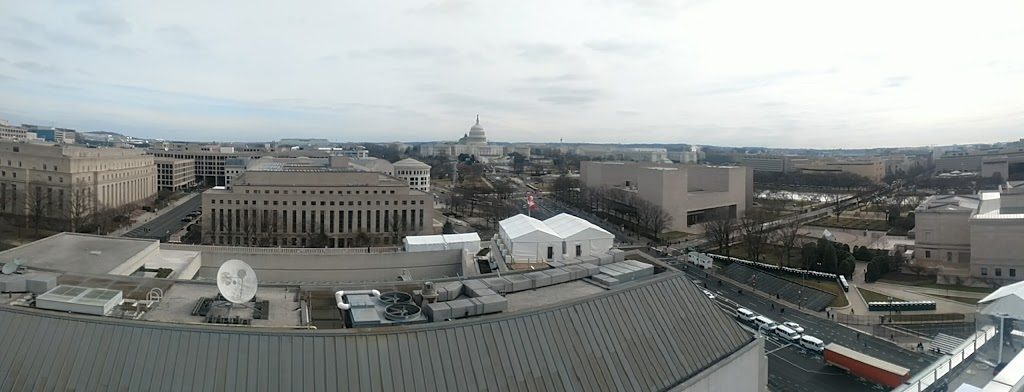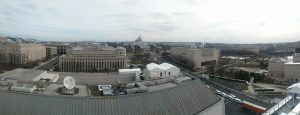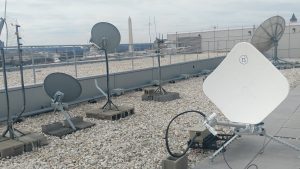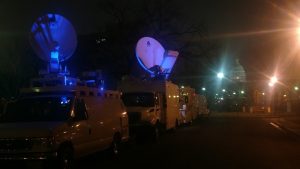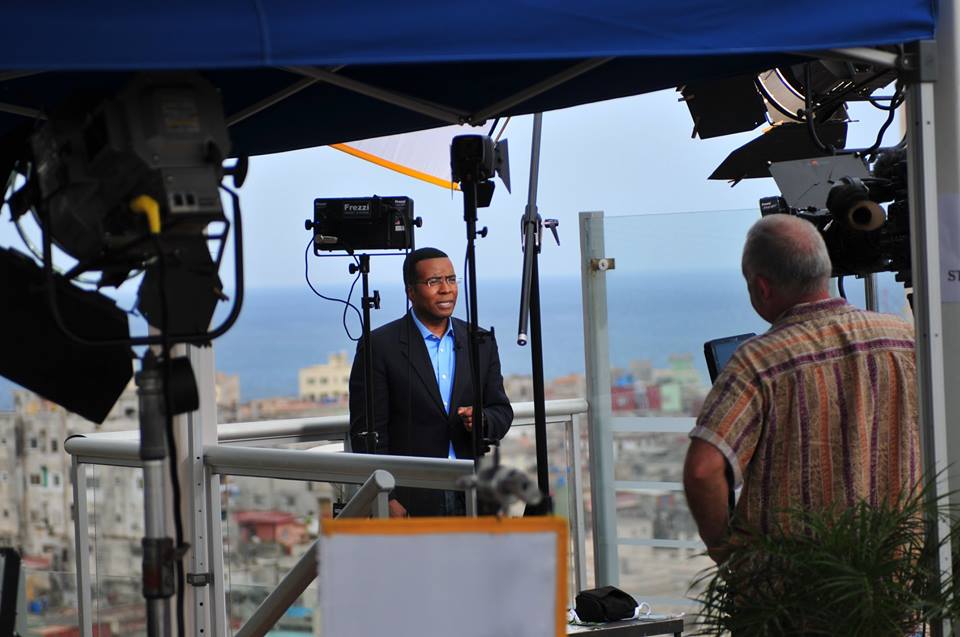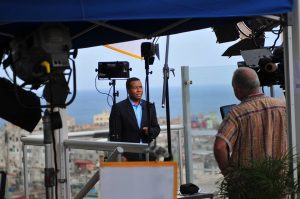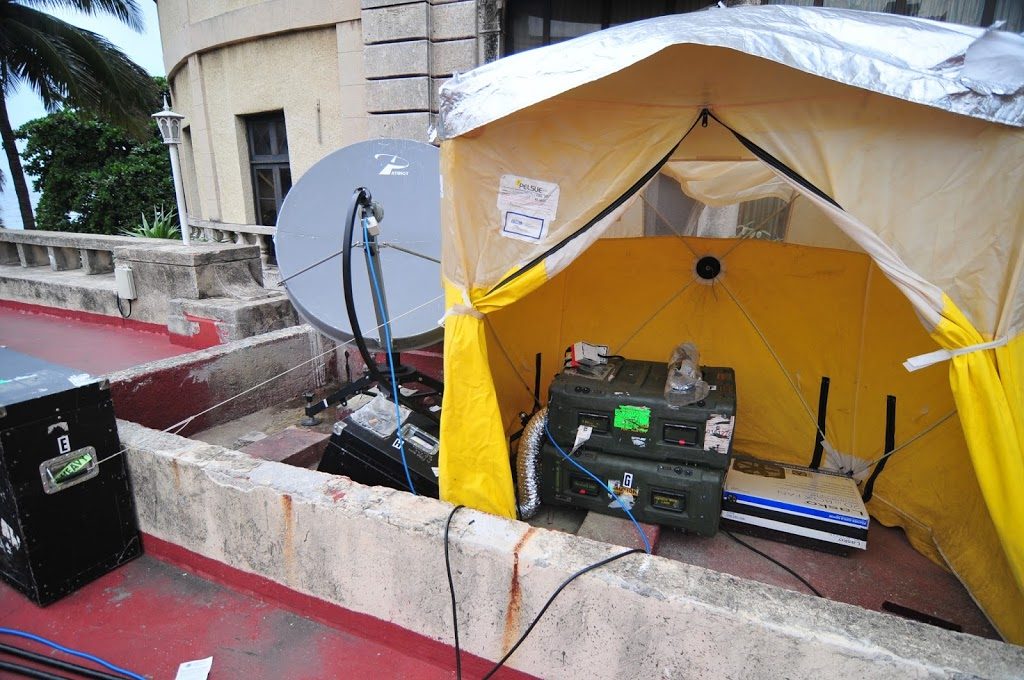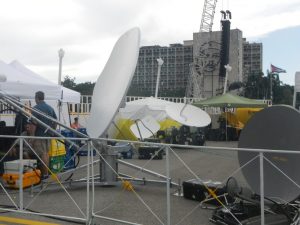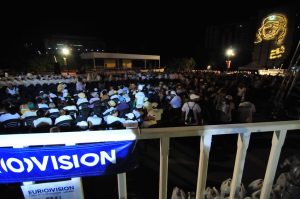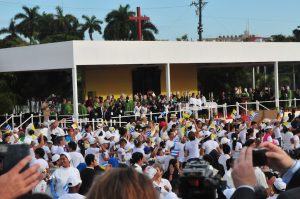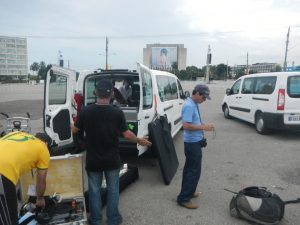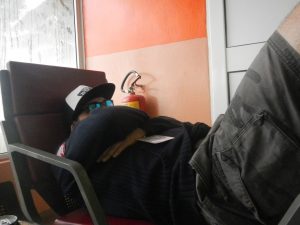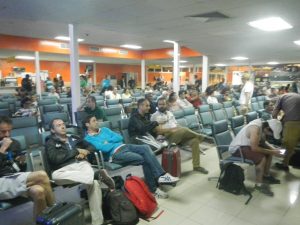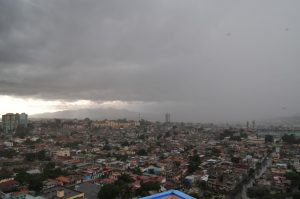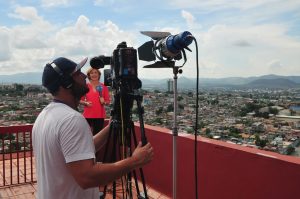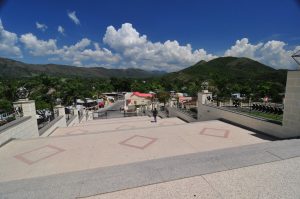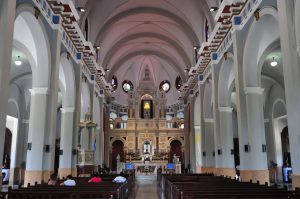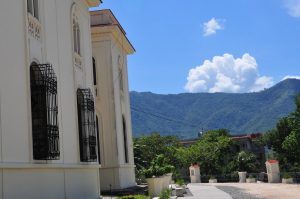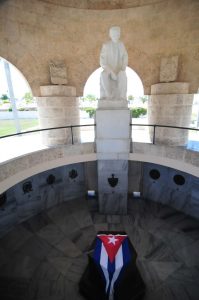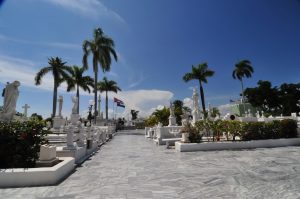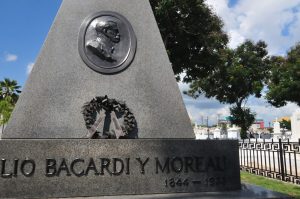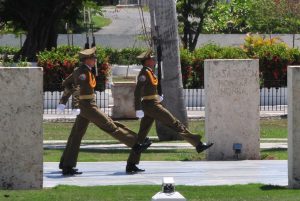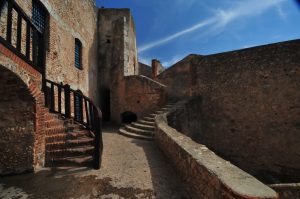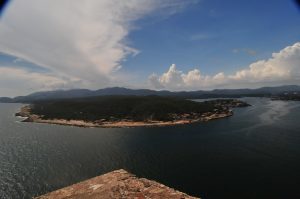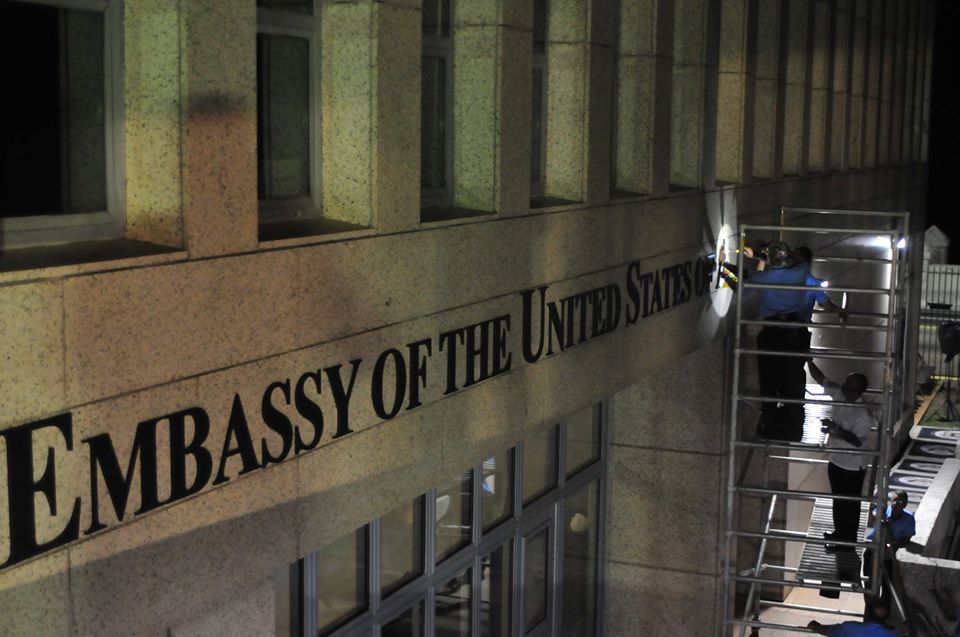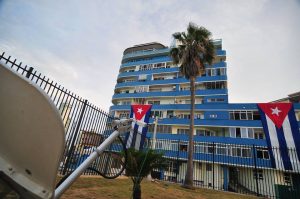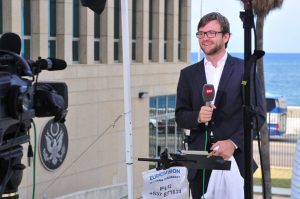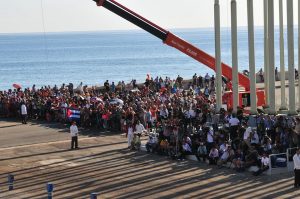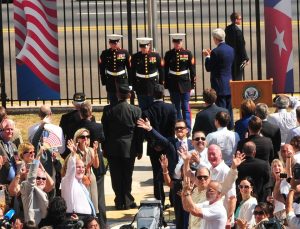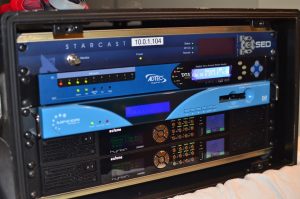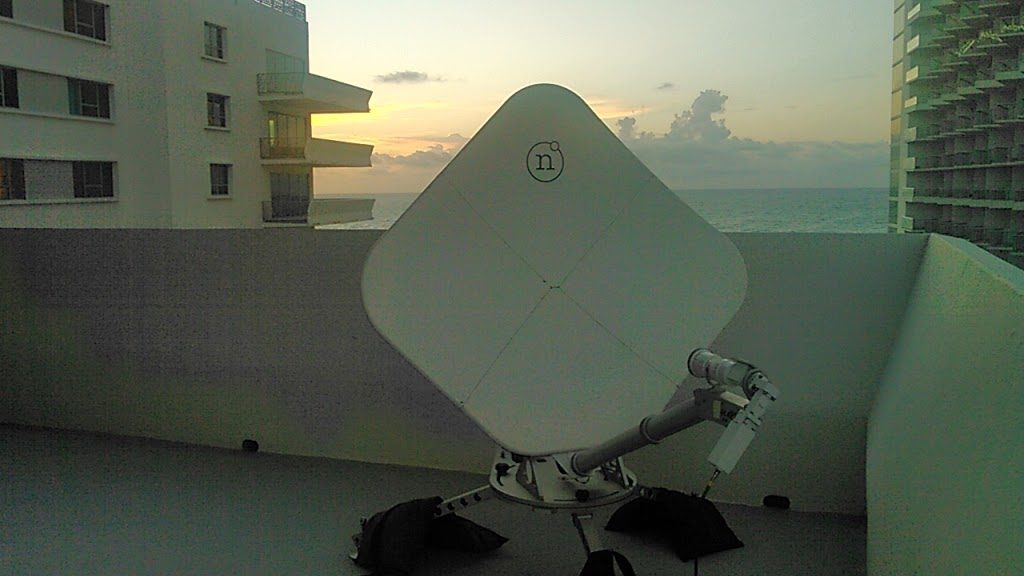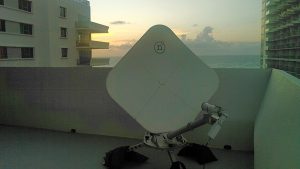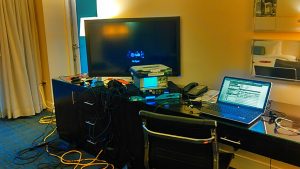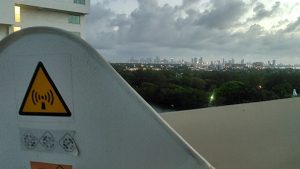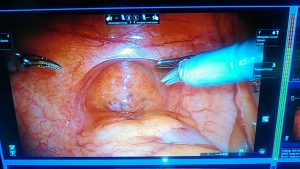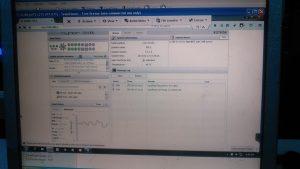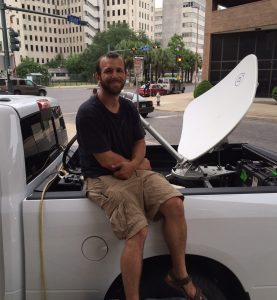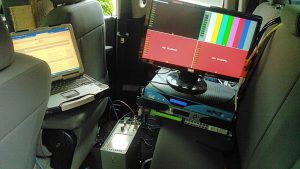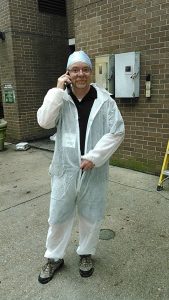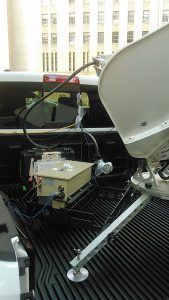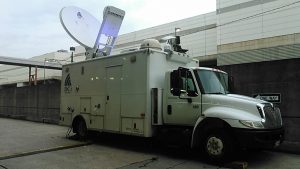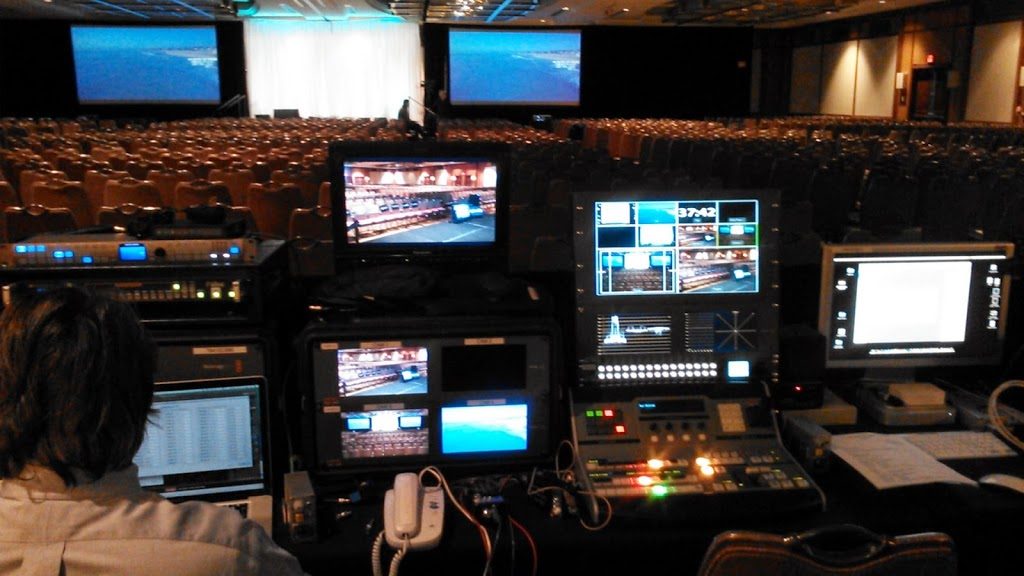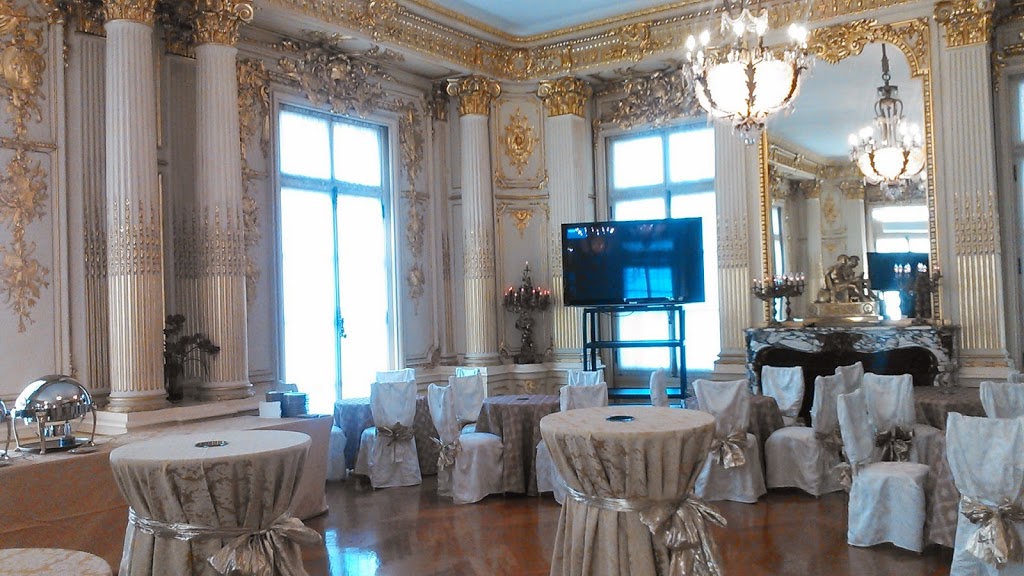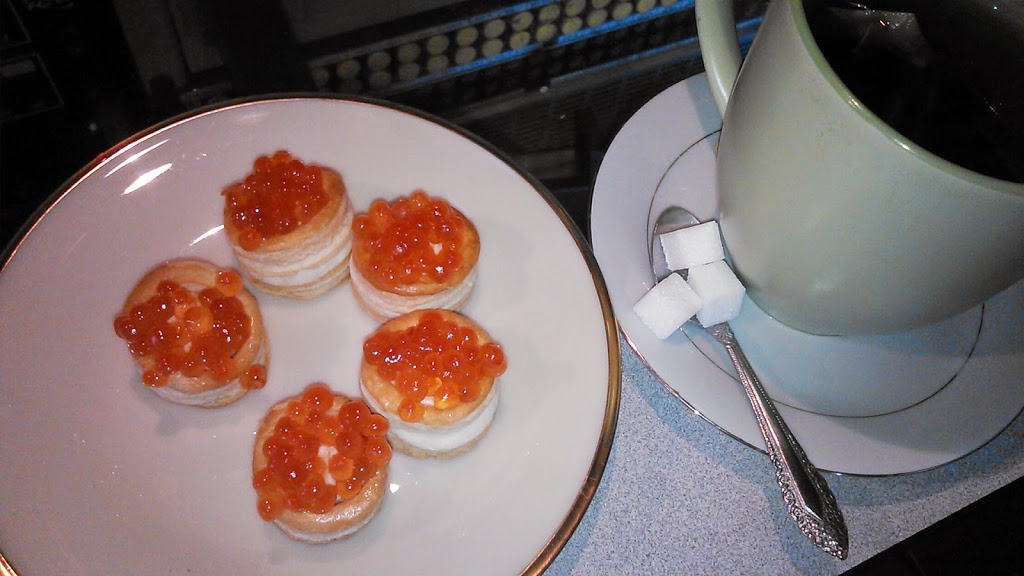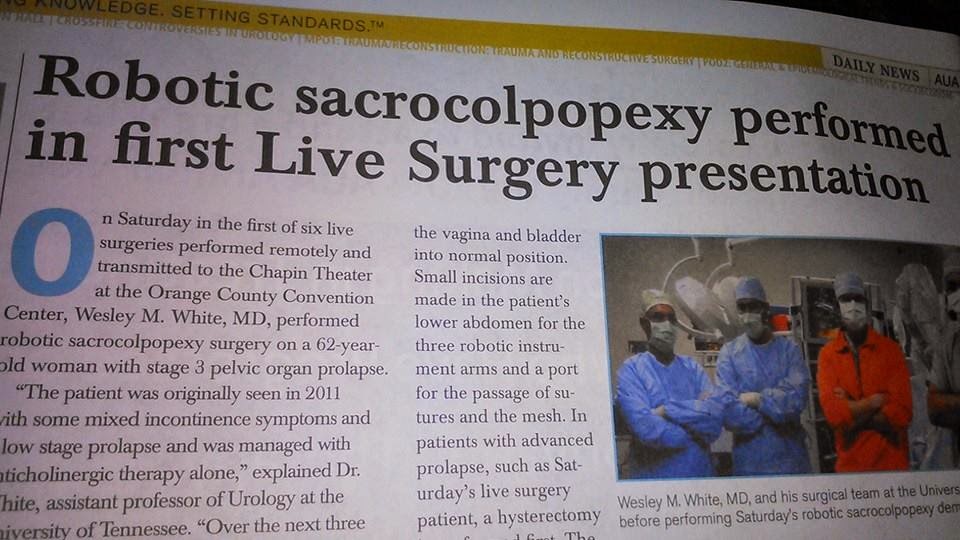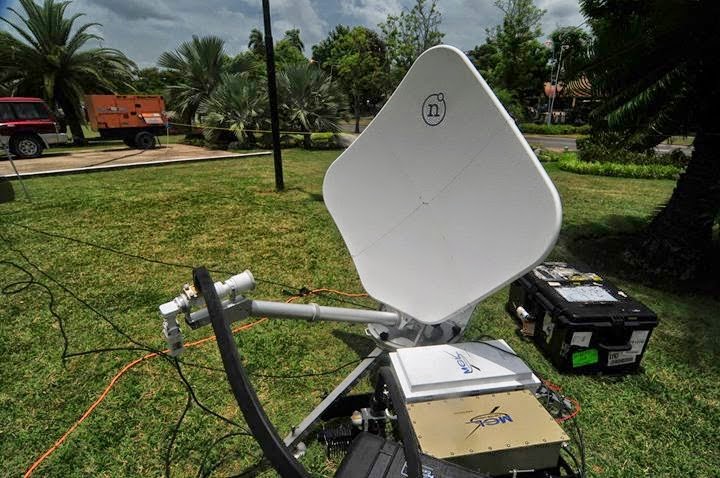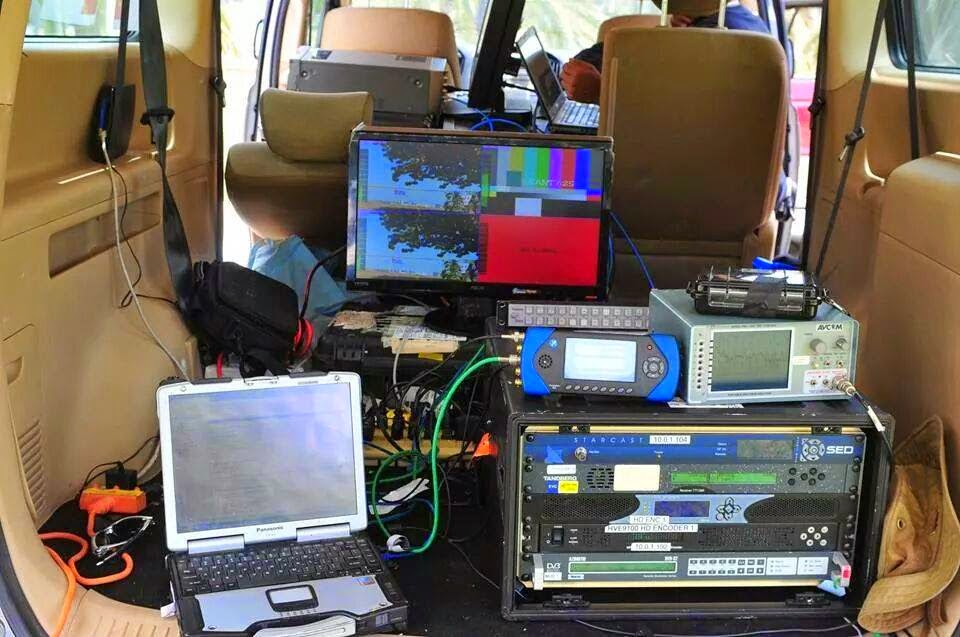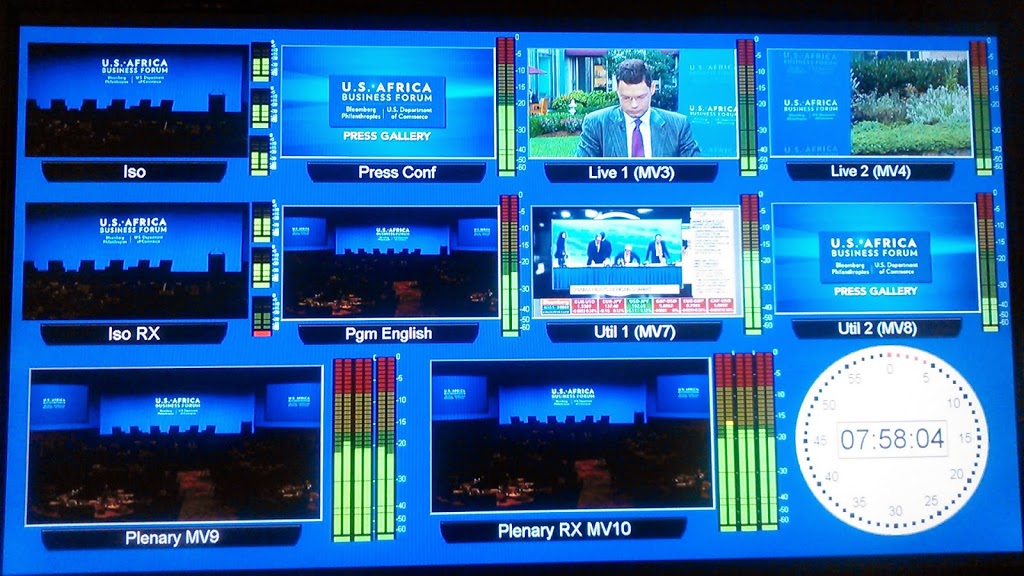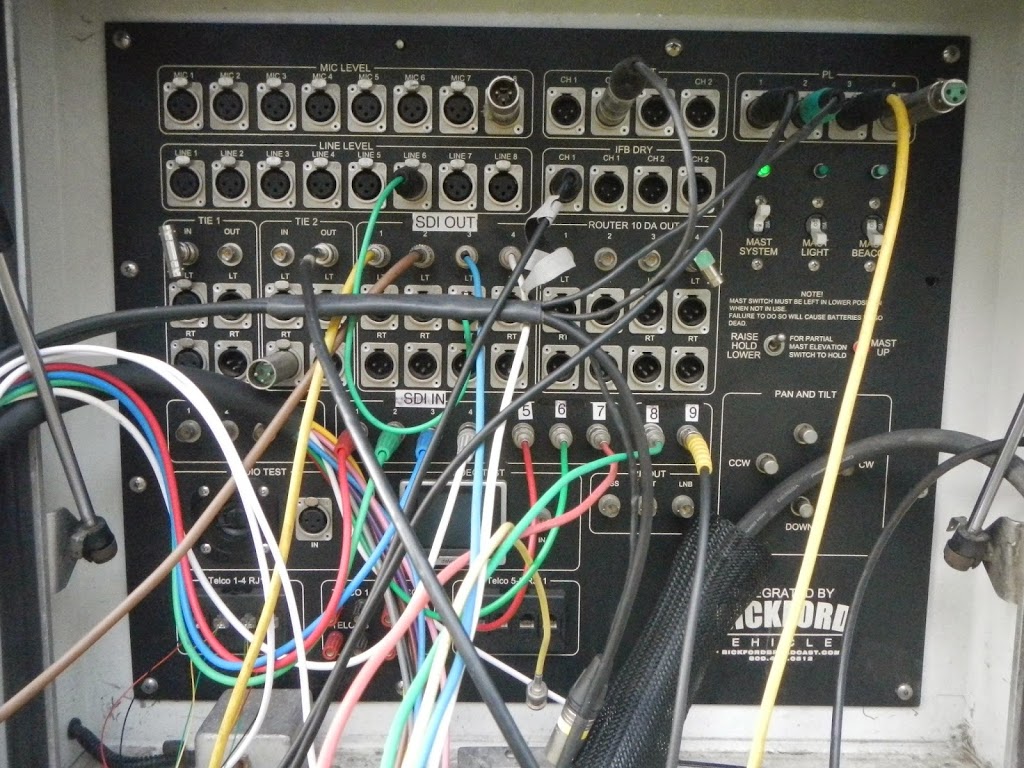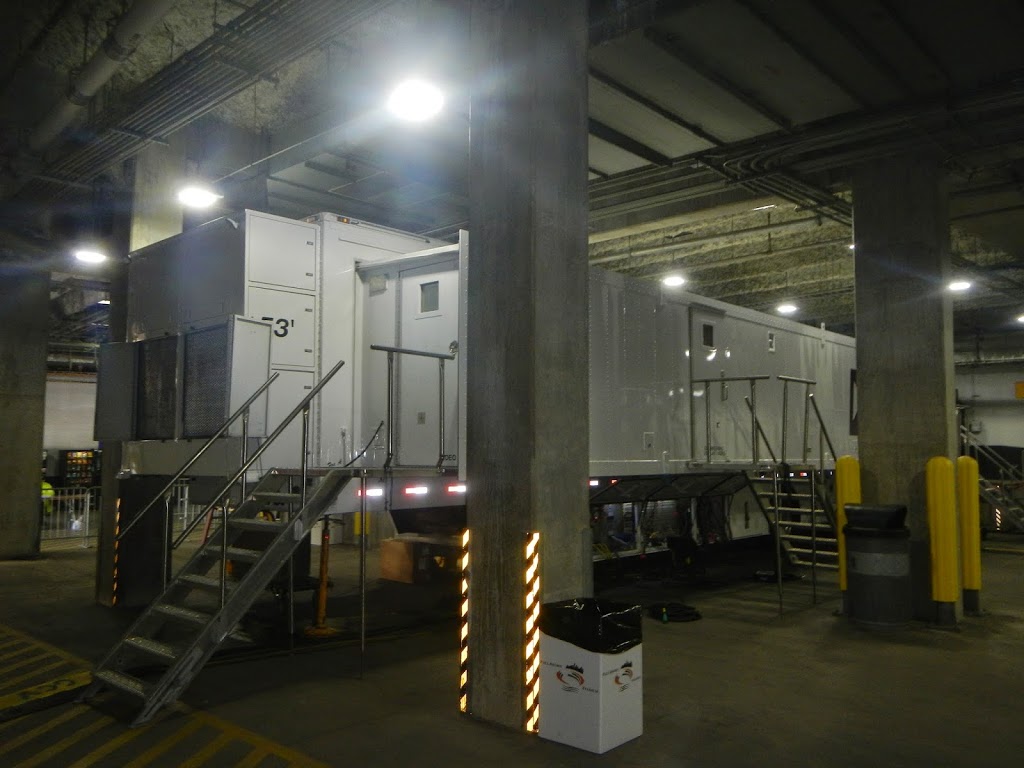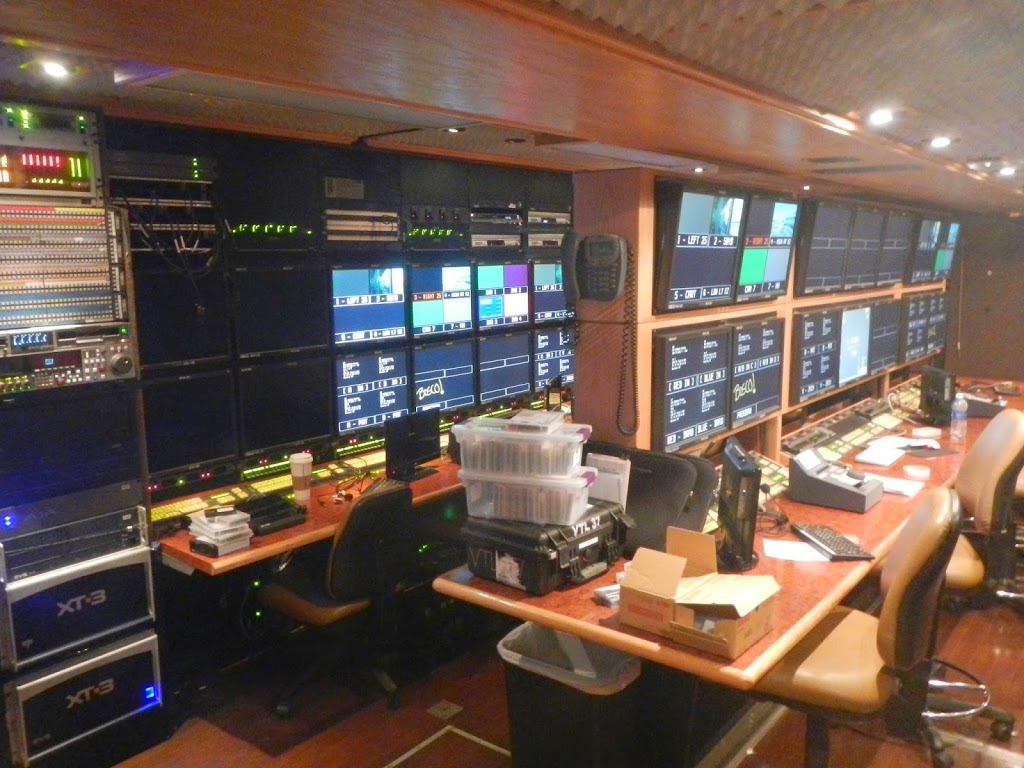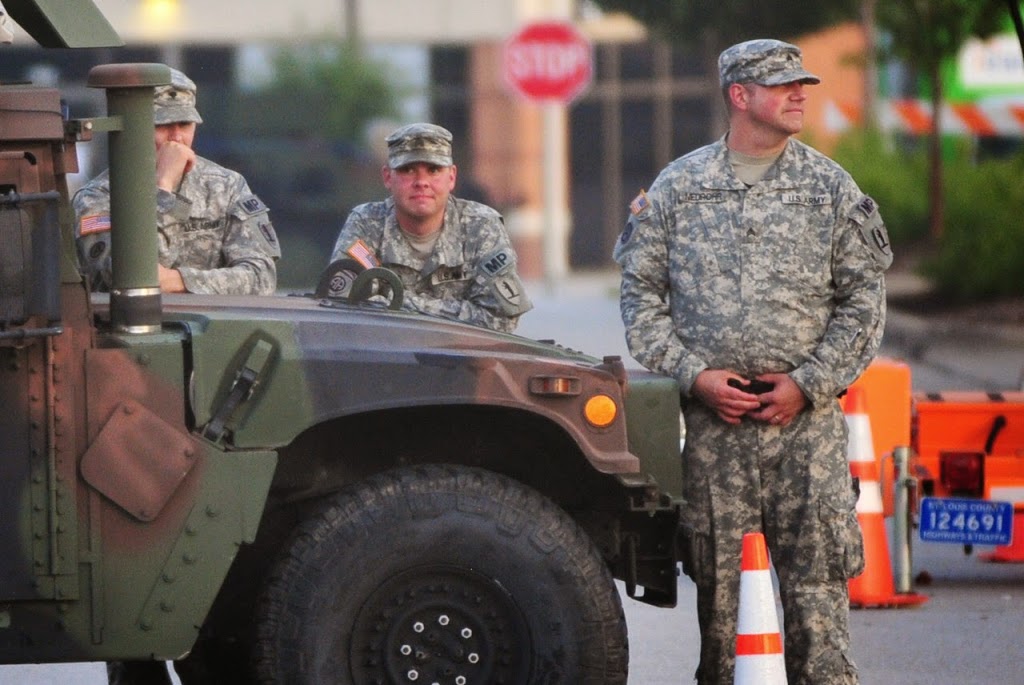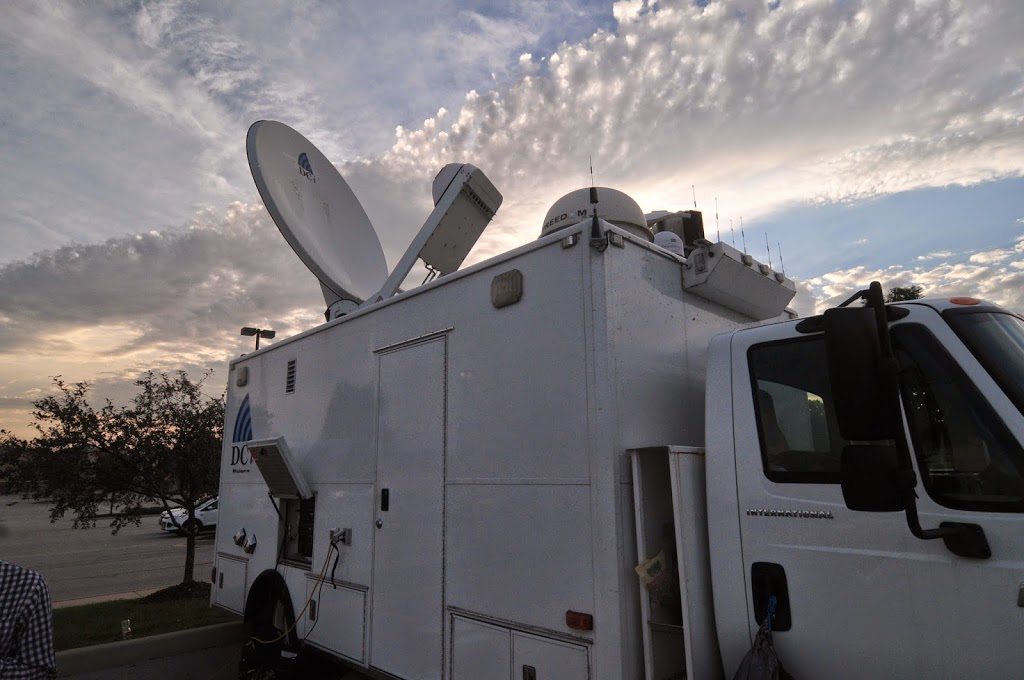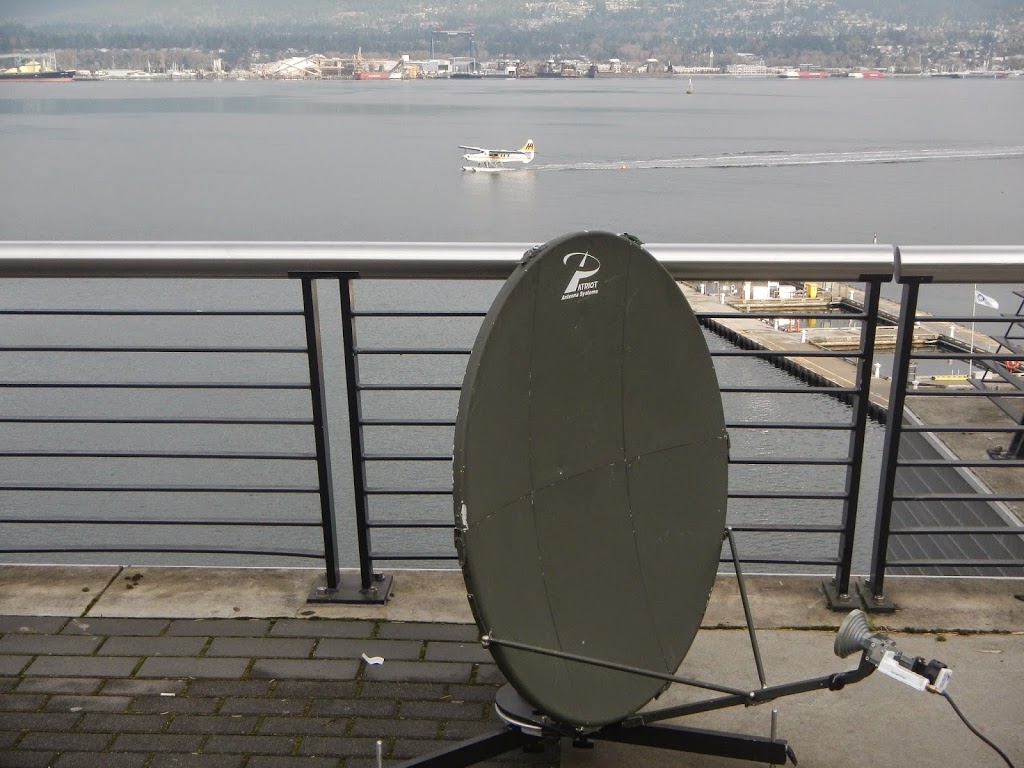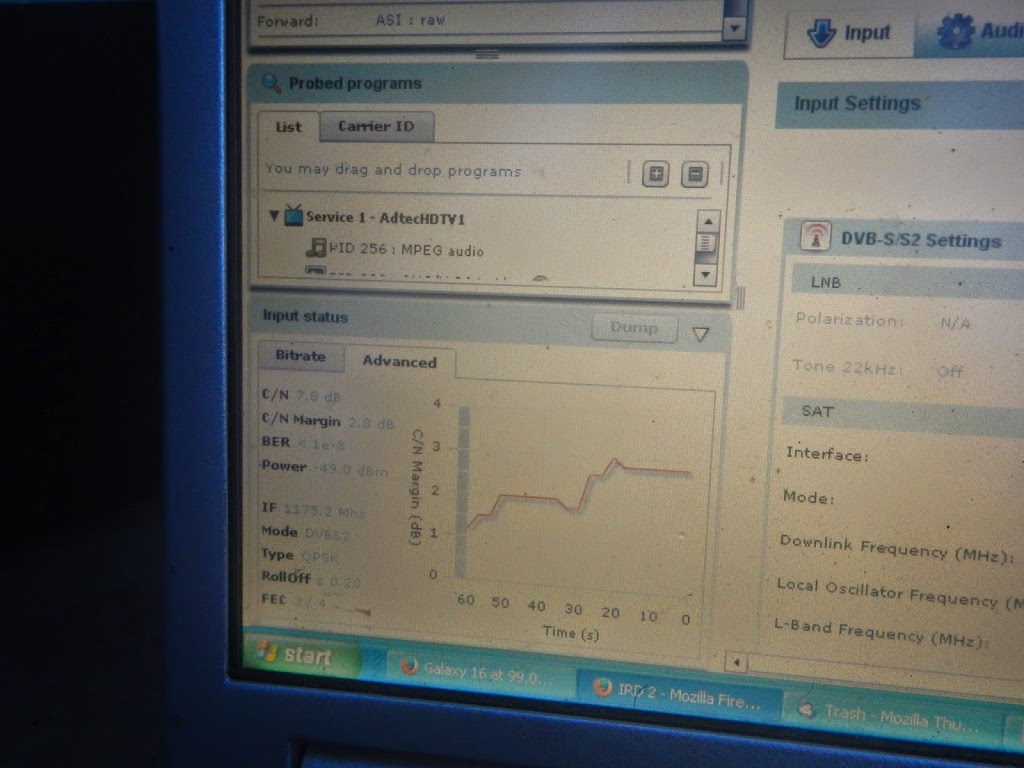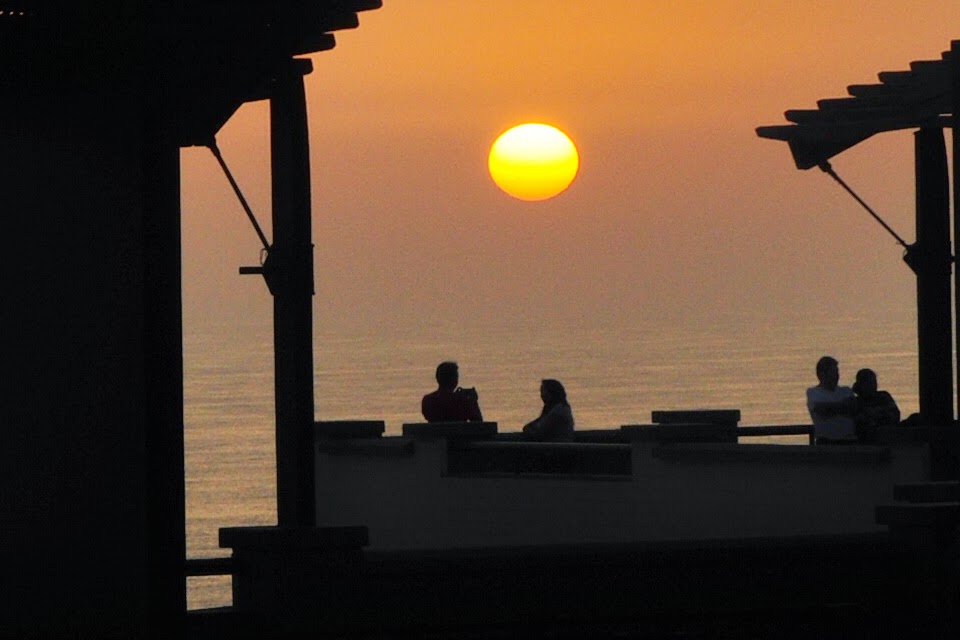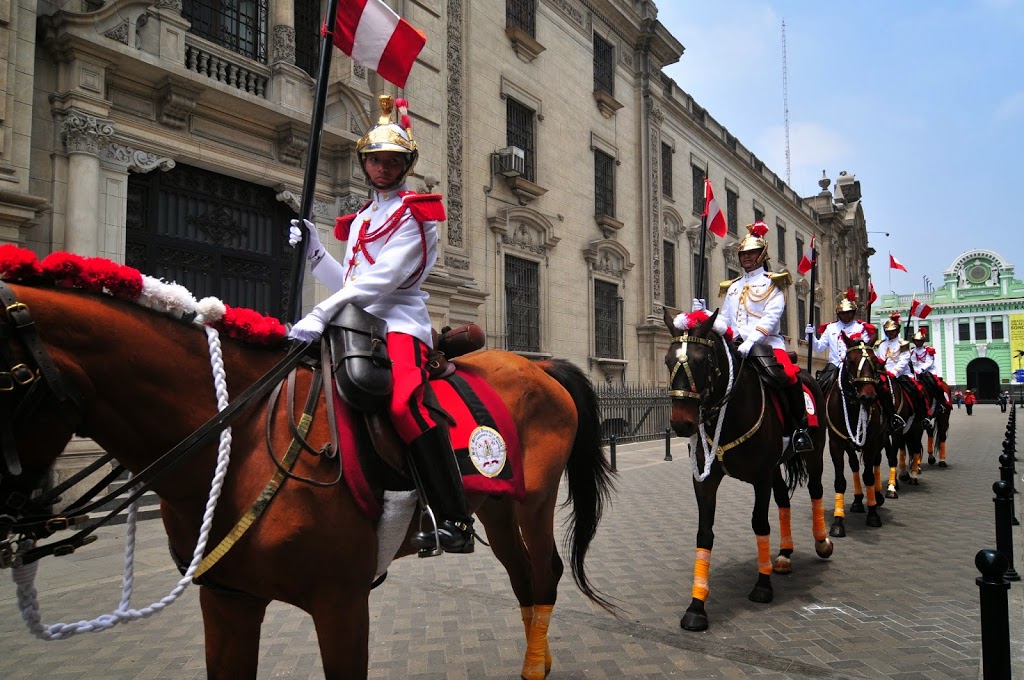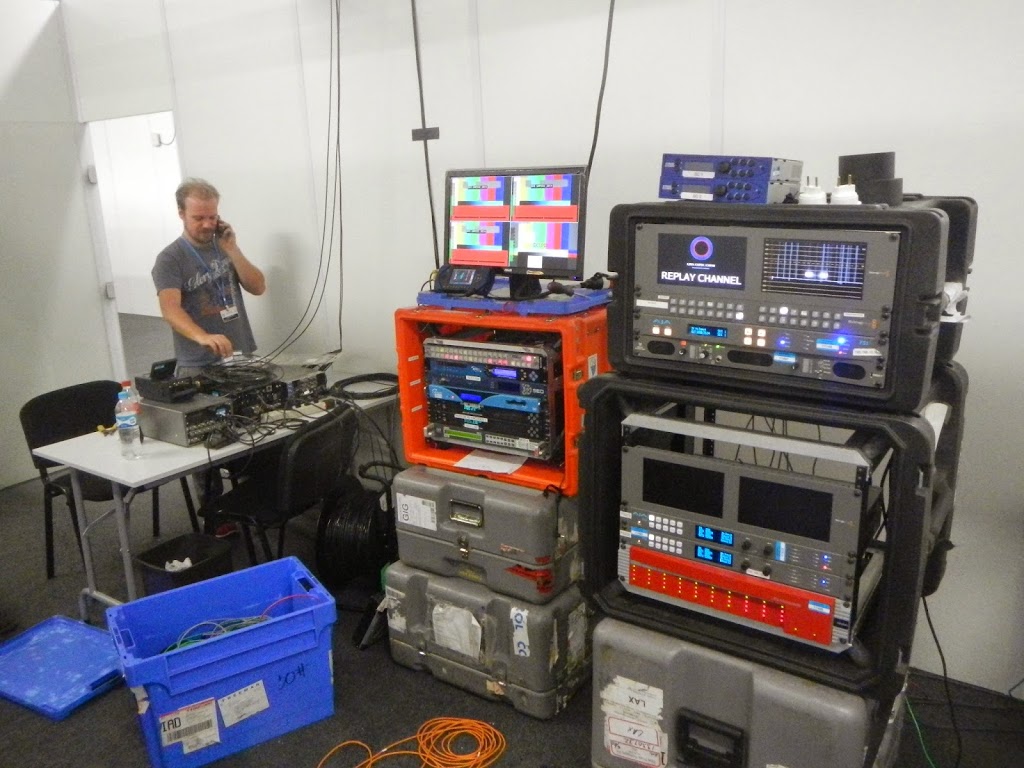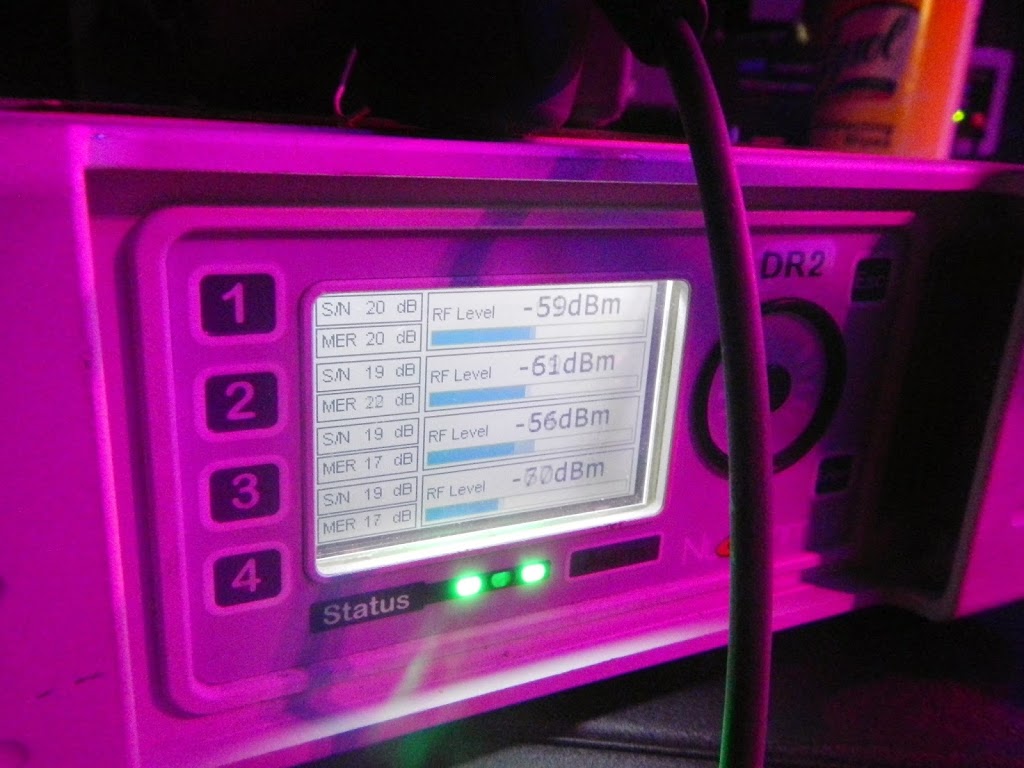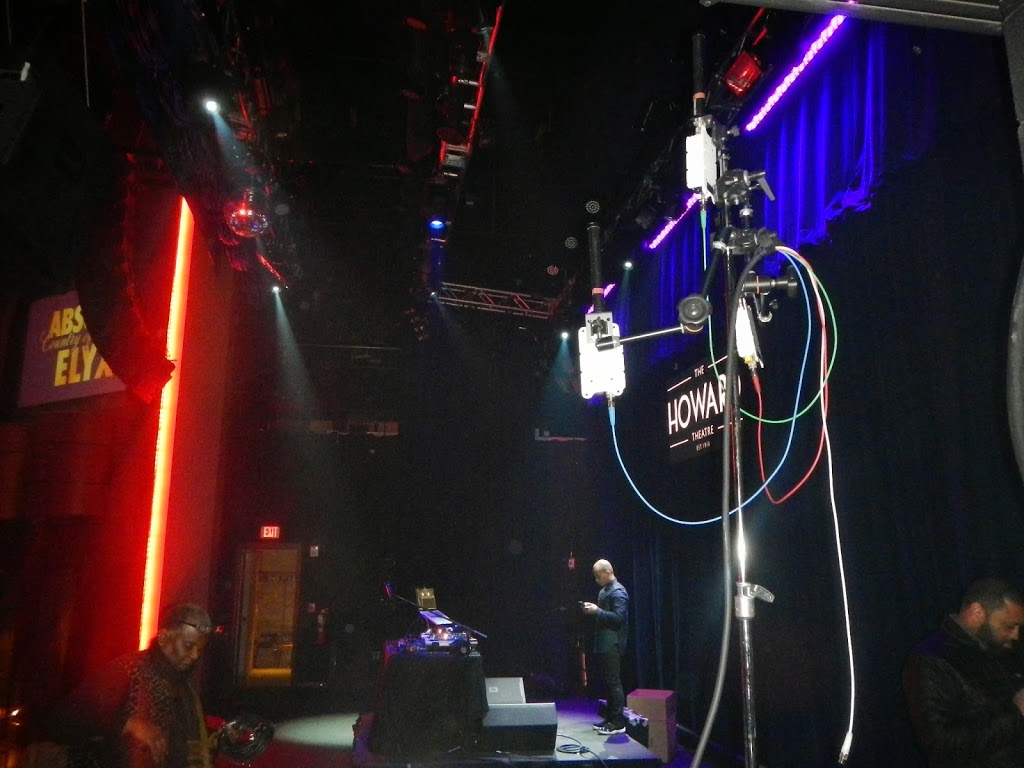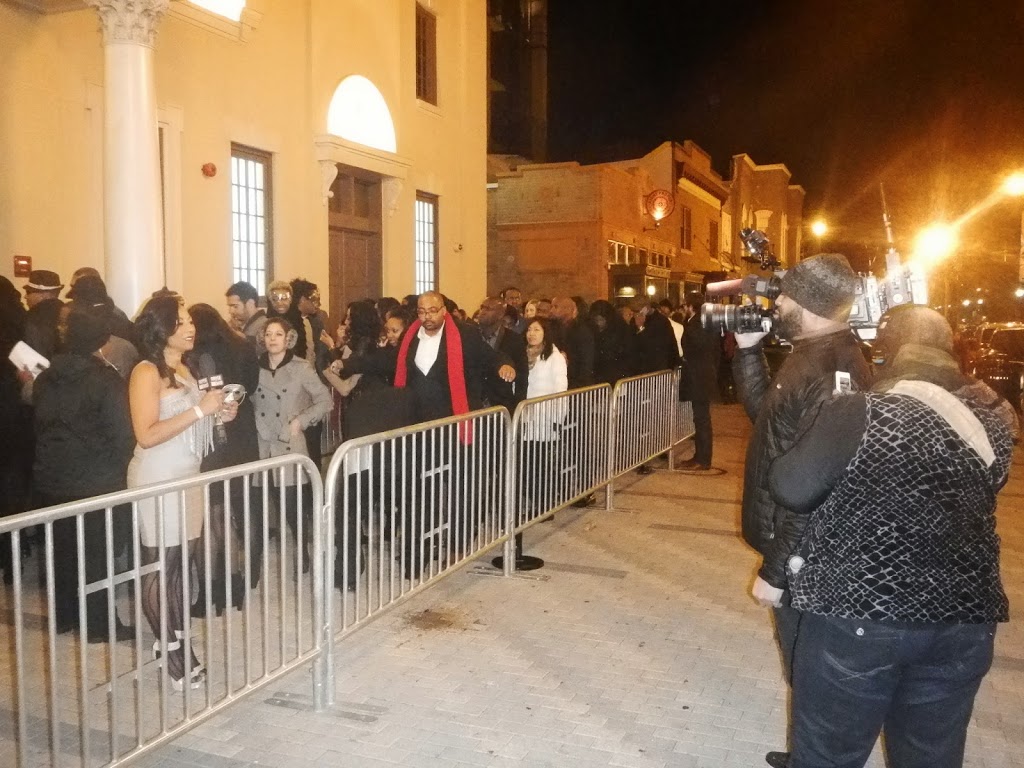We recently took our flyaway to Alaska for the first time in recent memory. Operating here presents some challenges due to its location, although at our spot in Anchorage our look angles were not too low, about 18 degrees. This is a good opportunity to discuss satellite beams, or coverage.
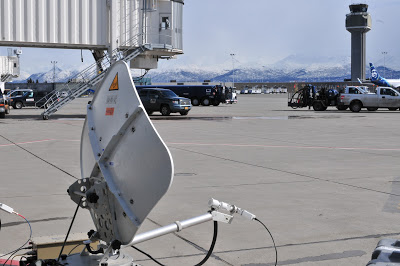
Most CONUS satellites cover the lower 48 very well, they only spill a little bit of coverage toward Alaska. Here is a coverage map for Galaxy 17, a popular satellite for newsgathering:
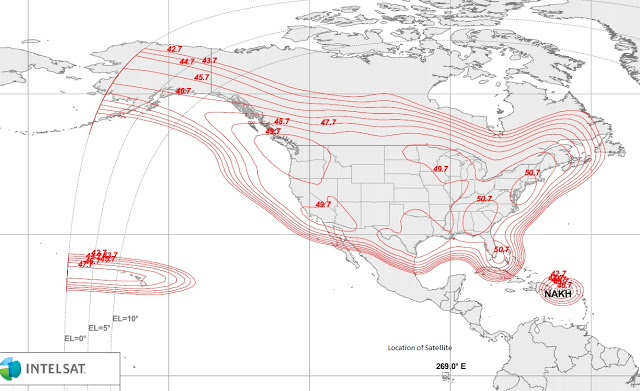
This map shows the beam of the satellite, the circles are the center of the beam, the strongest coverage. Each ring moving out from the “hot spot” gets progressively weaker, although the small differences within the main part of the beam are not noticeable. The satellite is physically located above the equator, where all communications satellites are, at a distance of about 22,000 miles up. This highest orbit allows the satellites to move with the earth, and remain in a fixed position in the sky as viewed from ground, as opposed to satellite networks such as GPS and Iridium which are much lower and constantly move across the sky.
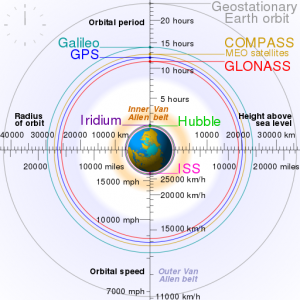
Galaxy 17’s location above the equator is 91 degrees west (or 269 degrees east, depending on where you start from), or basically due south of New Orleans. A dish in New Orleans would look almost due south, at an elevation of 55 degrees.
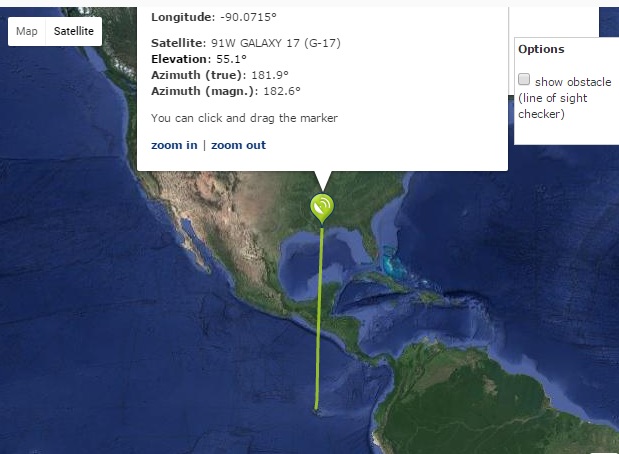
Going due north of this location would keep the same direction to the satellite, but the elevation would drop to 35 degrees, since the dish is further from the equator:
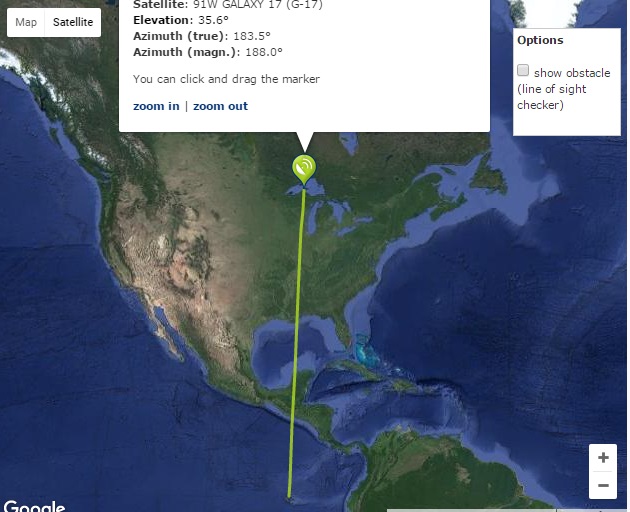
If the dish was in the Galapagos, directly under the satellite, it would look almost straight up, 88 degrees:

If you then went further south from there into the southern Hemisphere, since the equator is north of you, so would the dish pointing, and the elevation angle would decrease as you continued further south, just like it did going north.
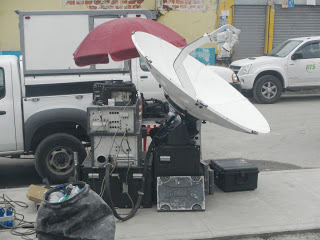
A high angle dish covering the earthquake in Ecuador. This satellite is toward the west, otherwise the dish would be even higher.
However, since the satellite has limited power, it has to be focused in “beams” to be effective. So even though you could physically “see” Galaxy 17 from the Galapagos (with a giant telescope!), the radio frequency energy is not directed in that area, so the satellite would not be usable, as you can see in the coverage map above. It would be like a flashlight pointed away from you. You could see the flashlight itself, but not any of the light coming from it. Being a satellite made for the American market, you can see the engineers designed Galaxy 17 to have two “spot beams” (small, focused areas of coverage separate from the main beam) over Hawaii and Puerto Rico. You can see on the coverage map how close the lines are to each other, showing a steep gradient from good coverage to zero coverage. On the western edge of the chart are three lines, showing 10 degrees, 5 degrees, and 0 degrees, the point where the satellite disappears beyond the horizon.
As viewed from Anchorage, Galaxy 17 is only 5 degrees above the horizon, which is not easily usable unless the antenna is mounted on a rooftop without any nearby obstructions. It also has weak coverage, meaning a larger dish and/or more power would be required.
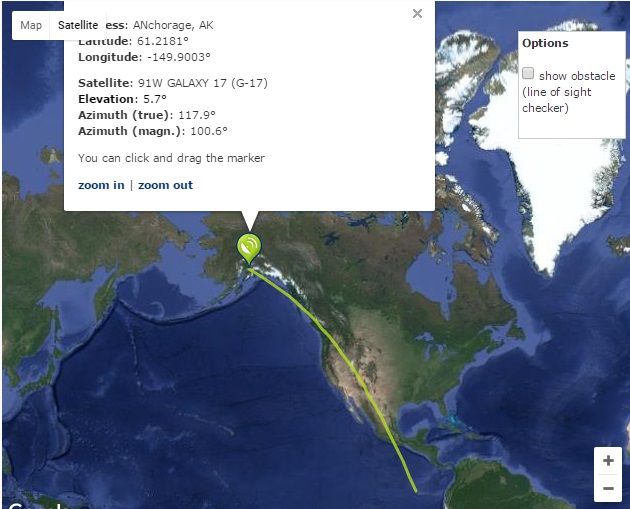

A 1.2 meter flyaway next to a 2.4m flyaway. Or about 100 pounds in two cases vs 1100 pounds in ten cases.
So when operating this far west, we need a satellite that is placed further west along the Equator.
Located due south of Seattle, Galaxy 18 is an ideal satellite for this location:
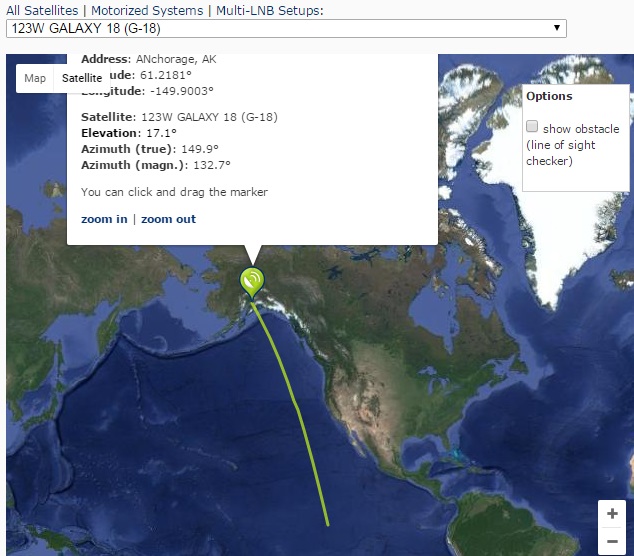
Galaxy 18, located at 123 degrees west, actually has a beam just for Alaska, giving it excellent coverage in Anchorage. And being much closer, the look angle is 17 degrees.
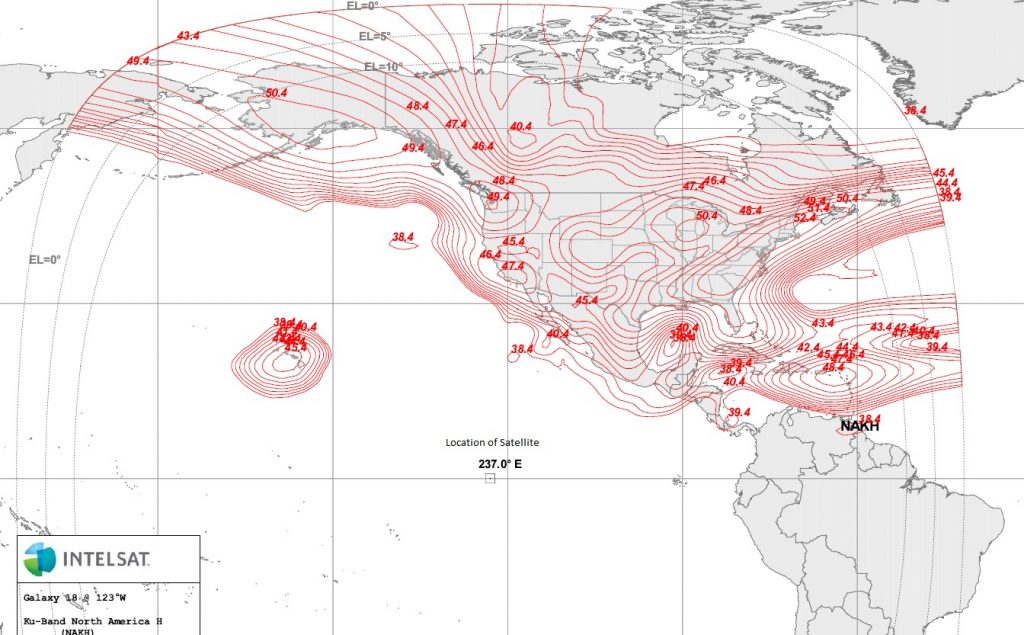
Galaxy 18 is also a unique satellite due to its large coverage area. In Santiago, Cuba where we have operated several times, you might think Galaxy 18 is a poor choice because it is so far west, and a more easterly satellite would be better. But if you look at the map for Galaxy 17, you can see the coverage drops off quickly though central Cuba, with zero coverage in Santiago, even though the satellite would be easily “visible” there. Galaxy 18 is one of the few satellites that has coverage into southeast Cuba, despite its far-west orbital location. Just like a spotlight being directed at a low angle across a floor, the light is “stretched out”, compared to a light that was pointed directly down and more focused. In order for Galaxy 18 to cover Florida, there is some energy that is “spilled” past there, which allows the satellite to be usable in Santiago. You can see the same effect on Galaxy 17 toward Alaska, although due to its northern location, the satellite is too low in the sky to be practical.
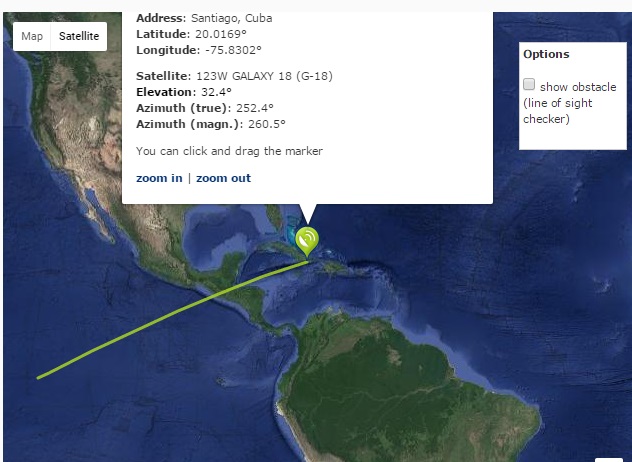
In Santiago Galaxy 18 is 32 degrees, much lower than other satellite in that area, due to its location very far west.

DCI Flyaway in Santiago, Cuba on Galaxy 18 (note- this dish, like most small satellite terminals, has an offset, meaning the physical dish is much lower than where its looking, due to the energy being focused away from the center. Different focal configurations is a blog post for another day!)
Operating a flyaway uplink system in far-flung locations presents some unique challenges dealing with satellite coverage, and DCI always performs a link budget before doing a broadcast at a new location. A link budget takes multiple factors into account- antenna size, transmitter power, desired bitrate and bandwidth, and determines how well the link will perform. Running a link budget is an important part to a successful flyaway broadcast.

